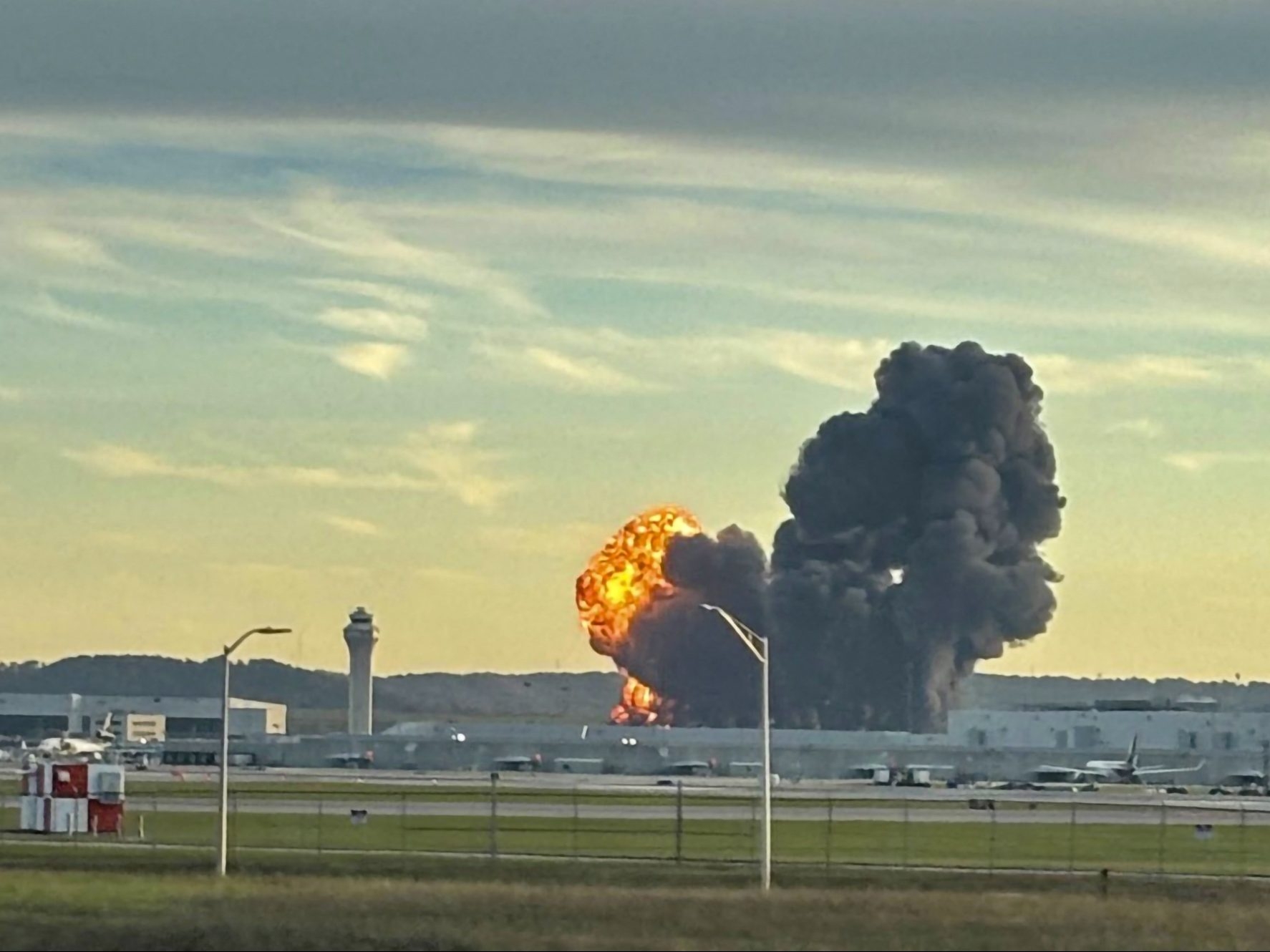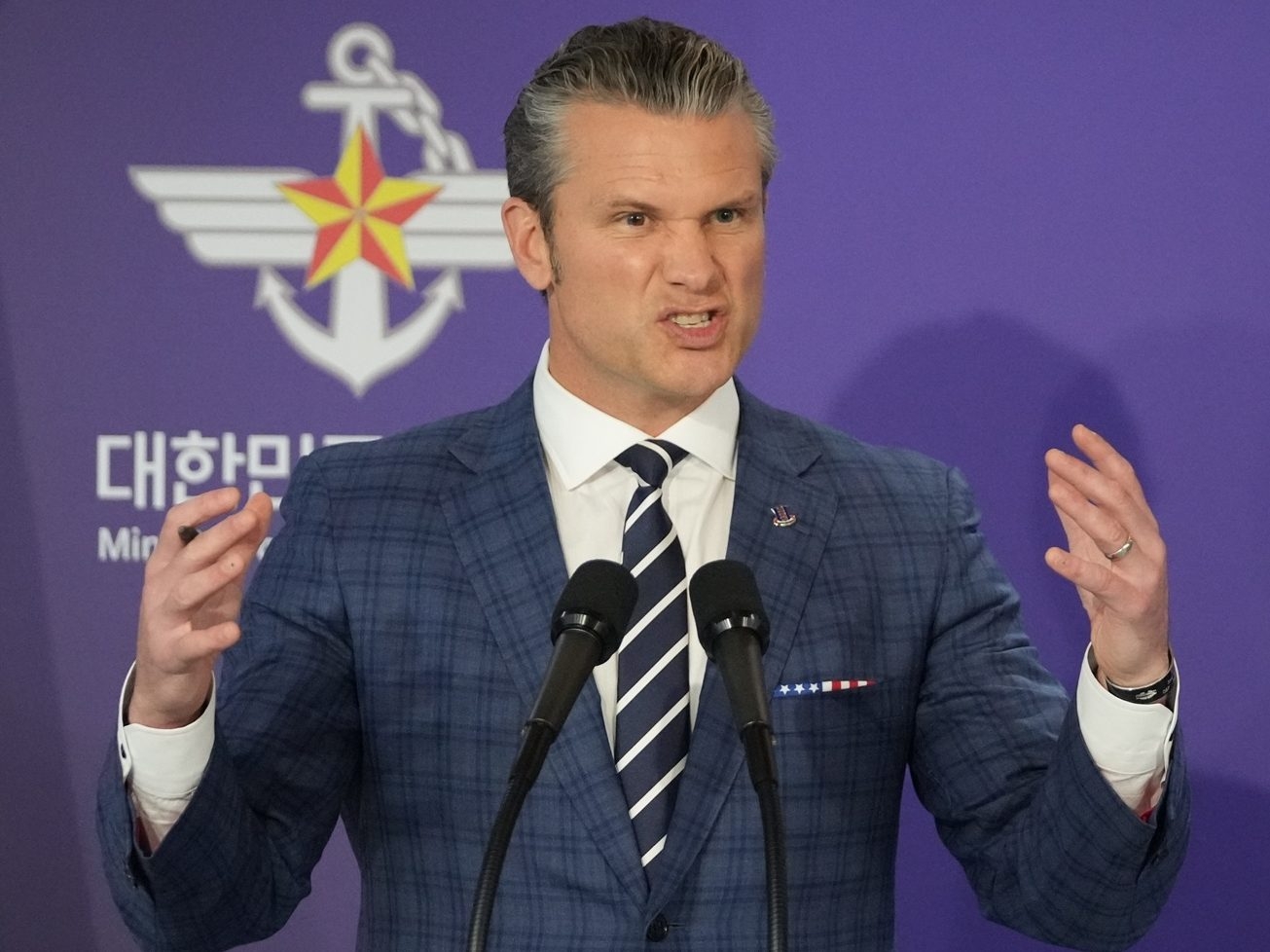A significant shift in regional defense strategy is underway as the United States expressed strong support for South Korea’s ambitious plans to dramatically increase its military spending. The move signals a rebalancing of security responsibilities in the face of escalating tensions with North Korea and a growing focus on challenges posed by China.
During annual security talks in Seoul, the U.S. official voiced considerable encouragement regarding South Korea’s commitment to bolstering its defense capabilities. The core objective is to empower South Korea to take the lead in conventional deterrence against its northern neighbor, freeing up U.S. resources for other critical areas.
South Korean President Lee Jae Myung has formally requested parliamentary approval for an 8.2% increase in defense spending for the coming year. This substantial investment aims to modernize the nation’s weaponry and lessen its dependence on American military assistance, fostering a more self-reliant defense posture.
Beyond simply increasing budgets, the alliance is deepening practical cooperation. A key element involves utilizing South Korea’s renowned shipbuilding industry for the repair and maintenance of U.S. warships, ensuring a rapid response capability in the event of a crisis.
Both nations acknowledge the volatile security landscape, but maintain a unified front. The strength of the U.S.-South Korea alliance remains paramount, a bulwark against potential aggression and a symbol of unwavering commitment to regional stability.
While the primary focus remains deterring North Korean actions, discussions are also underway regarding broader regional contingencies. The alliance is exploring ways to integrate U.S. nuclear capabilities with South Korea’s conventional forces, enhancing the overall defensive umbrella.
Despite speculation to the contrary, South Korean officials have firmly denied any intention to develop its own nuclear weapons program or seek the return of U.S. tactical nuclear weapons previously stationed on the peninsula. The commitment to non-proliferation remains steadfast.
The timing of these discussions coincided with a display of force from North Korea, which fired approximately ten artillery rounds into its western waters just prior to the U.S. official’s arrival. This act served as a stark reminder of the ongoing threat and the necessity for a robust defense.
A visit to the heavily fortified Demilitarized Zone, the border separating North and South Korea, underscored the gravity of the situation. The stark landscape served as a powerful backdrop for reaffirming the alliance’s dedication to peace and security in the region.






